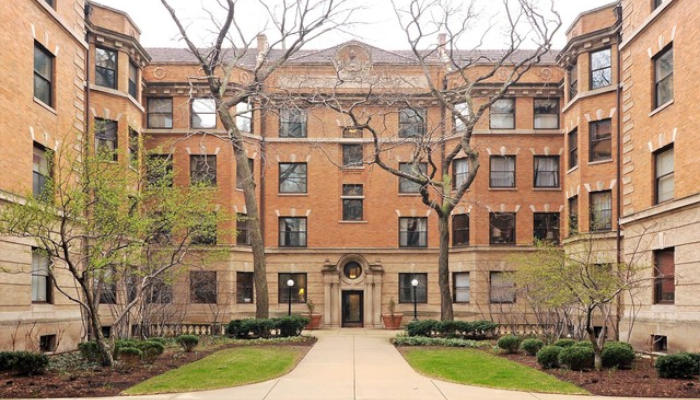Housing
Housing

Summary
Housing affordability clearly is an issue for many of Chicago’s households, no matter what part of the city they live in. However, the concentration of cost-burden households is highest in City 3, where per-capita income has decreased the most drastically since 1970 and where growing concentrations of children and elderly are residing. High rates of housing cost-burden in both City 3 and City 2 suggest that many families have fewer financial resources for food and clothing for children and aging family members. Without more affordable rental options or affordable ownership opportunities, many households in City 2 and 3 are likely to face increasing economic hardship and may decide to look for more affordable housing markets elsewhere in the region and beyond.
Housing Tenure
Housing Tenure
In 2017, the majority of Chicago’s 1,055,000 households rented their homes (55.2%). This same trend could be seen in each of the three cities of this analysis. In City 1 and City 3, renter-occupied housing represented the clear majority, constituting approximately 57% of all occupied housing units. However, we saw much more parity between renter- and owner-occupied housing in City 2. Here, renter-occupied housing only represented a slight majority over owner-occupied housing.
We also examined the distribution of households across Chicago’s three cities by tenure. City 3, where income had declined the most, had the highest share of total households (43.4%). As a result, it also had the highest shares of owner-occupied housing (“owner households”) and renter-occupied housing (“renter households”). City 1, on the other hand, was home to the lowest share of owner households, while City 2 was home to the lowest share of renter households.
Housing Cost-Burden
Housing Cost-Burden
Households are considered “cost-burdened” by the U.S. Department of Housing and Urban Development if they spend more than 30% of their income on housing costs. Housing costs can include monthly rent or mortgage payments, property taxes, and utility costs. The idea behind the cost-burden figure is that the larger portion of a household’s income that goes to housing costs, the less income is available for other expenses like food, transportation, clothing, and other necessities.
Housing cost-burden, as some economists point out, can have more serious implications for low-income households than for higher-income households. For instance, a household that has a monthly income of $10,000 is technically housing cost-burdened if they pay 30% of that income on housing. However, they will still have $7,000 left for other expenses each month. In contrast, a household earning $1,000 per month and paying 30% of their income on housing will only have $700 left for other expenses, and is more vulnerable than affluent households.
Between 2010 and 2017, the total and percentage of cost-burdened households decreased in Chicago from 48% to 40%. As Table 3 illustrates, the trend in all three cities is the tendency for a larger portion of renter-households to be cost-burdened than owner-households but with large disparities between City 1 (36%) than in City 3 (55%). This is especially concerning if we consider City 3 is the poorest, and it has the highest concentration renters and number of families with children and elderly households in Chicago (see Part II).